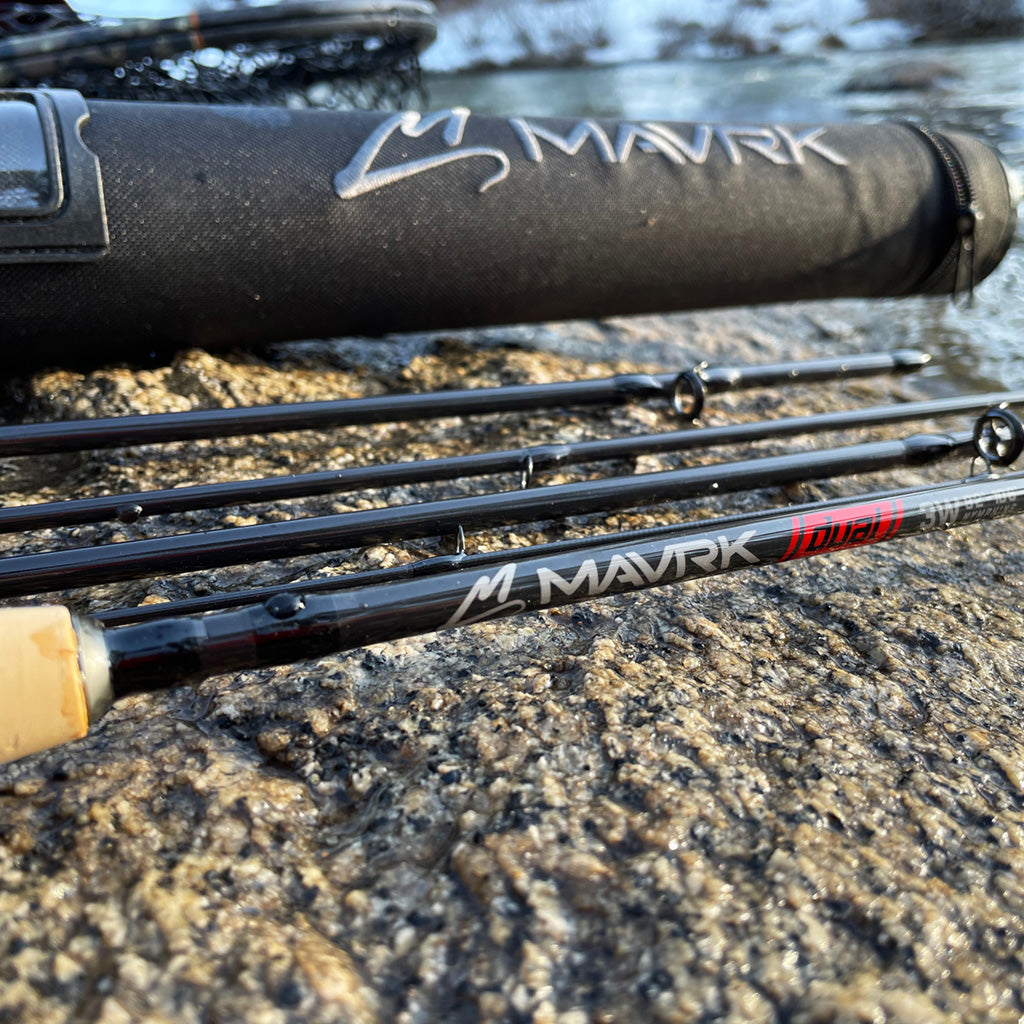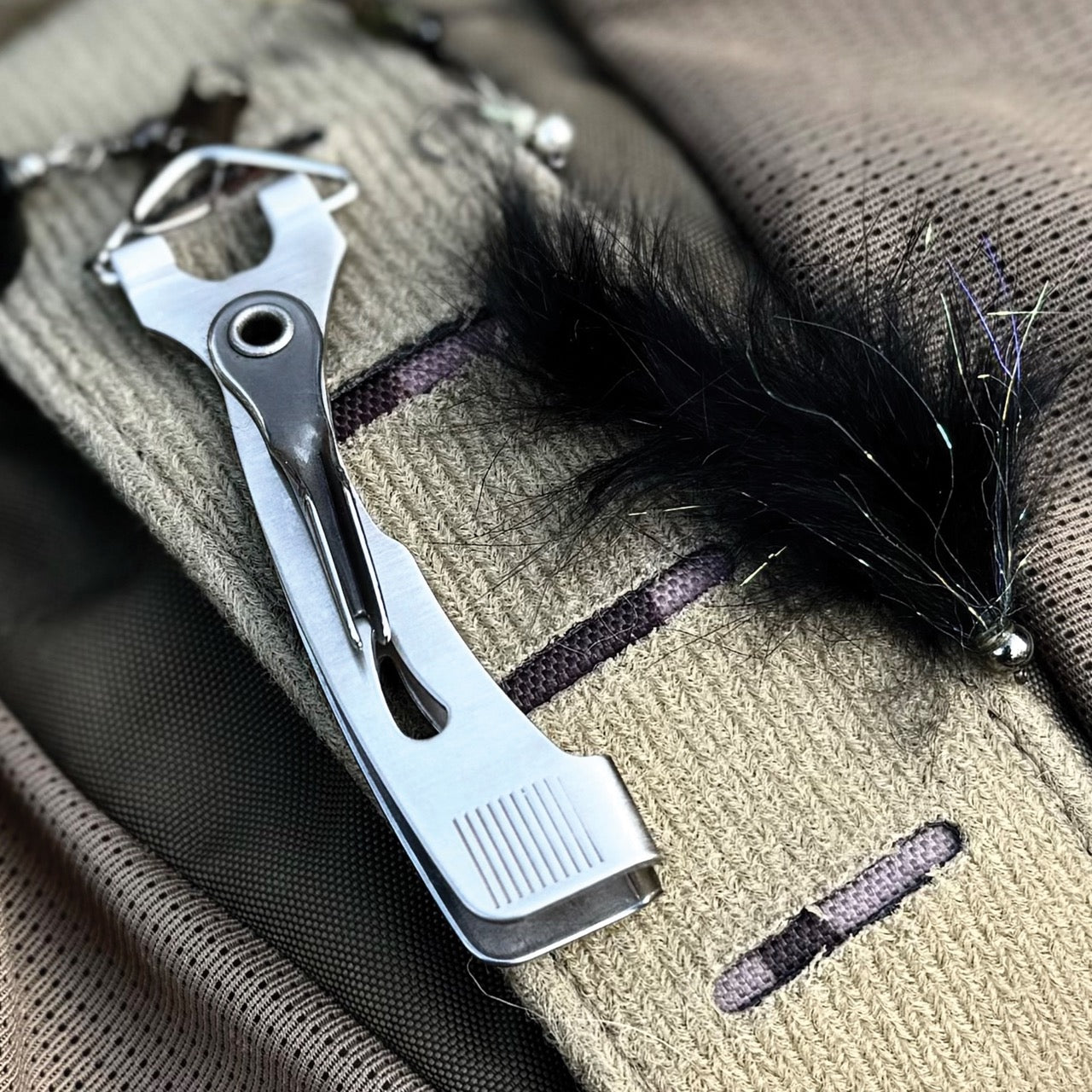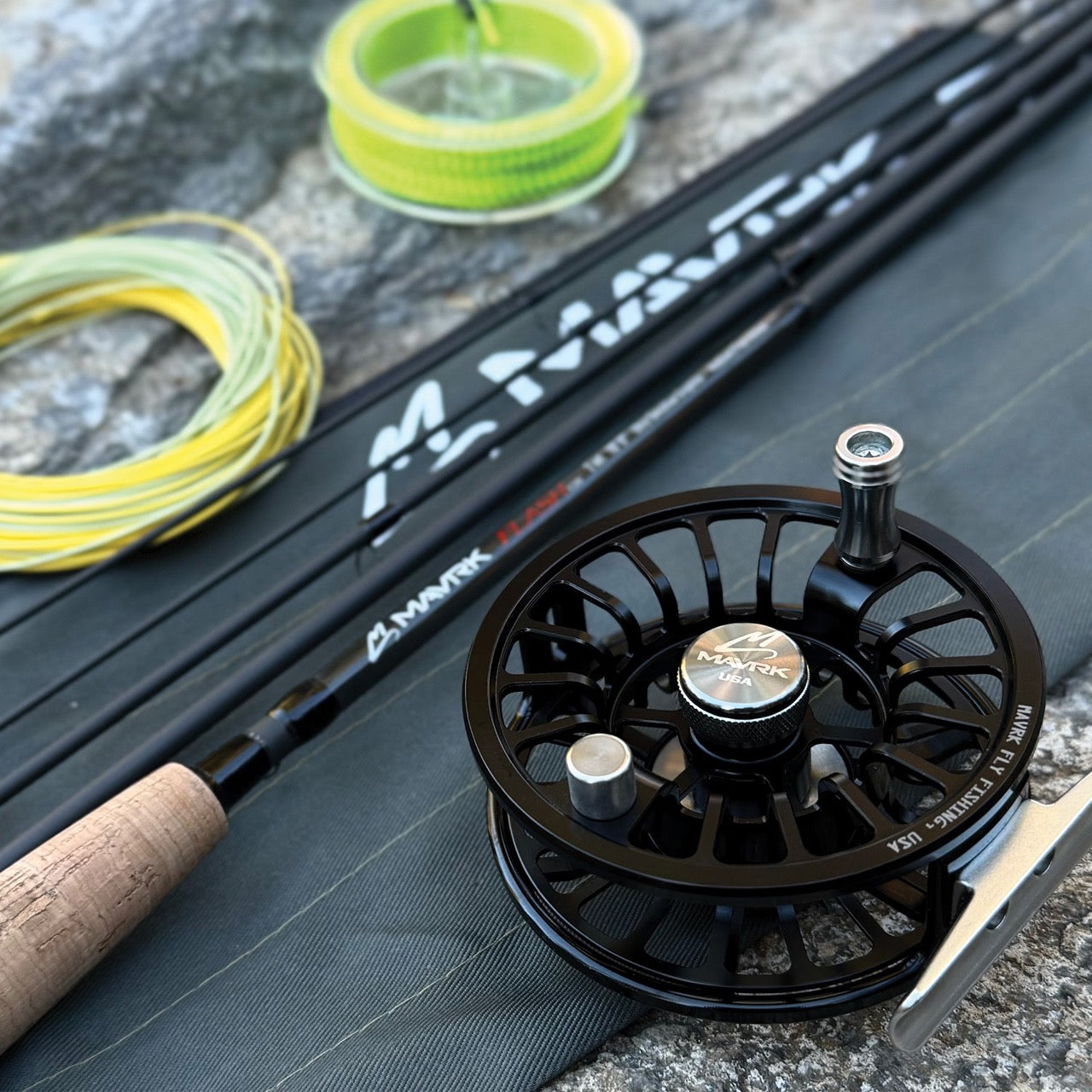Trout fishing's a puzzle, isn't it? To me, it’s less about following the crowd and more about figuring things out on your own. Last week, I had a reality check while out Steelhead fishing—a different game than the high mountain trout fishing I’m more comfortable with.
I got caught up sticking with the “normal” steelhead routine, forgetting about problem-solving altogether. Armed with two 7 wt rods, one with a skagit line and the other with a sinking line- my trusty euro nymph rods would stay in the truck, for now.
So, there I was, roll casting, mending, swinging, skittering, hanging, suspending- trying it all—zero luck. I was dead-set on sticking with the routine, "This has to work eventually, right?" Nope, not a single bite.
But here's the kicker: it just never felt right. No matter how or where I cast my fly, it didn't feel like it was getting down to where the fish were. My gut was telling me to switch to tightline techniques, but I kept ignoring it. Instead, I just focused my problem solving on improving my spey casting or my line mending.
But here was the real problem: too much drag on my flies. Whether I used a floating or sinking line, the water kept pulling my line, limiting the depth of my flies, and speeding them up. That’s ok if the fish are located middle to high in the river. But until you catch a fish, you don’t really know where they’re holding. So my buddy I just kept moving and looking for fish when they were probably right there, just a bit deeper.
In the back of my mind I’m thinking that if the fish were actually there, but down deep, the solution lay in tightline techniques. Just have to keep the light line above the water to eliminate the drag- fly sinks, fish bites—simple. Works for trout, why not its buffed out cousin?
After two days of holding back, time was ticking away. I hadn't caught a single Steelhead, and we only had 45 minutes left to fish before hitting the road.
I sprinted back to the truck, grabbed my 3 wt nymph rig and rushed back to the river- same place as before.
The fly on the rod was just some weighted wet hackle thingy that I tied for my usual Tahoe trout streams. I kept it on- by now I had lost confidence in those local flies that were “supposed to work” here.
With my undersized but trusty nymph rig I would be able to target parts of the river that I couldn’t with traditional lines. In this case, it was the soft water toward the far bank, past the fast chute running through the center of the river- about 40 feet. In trout terms, it looked “fishy as heck,” but I wasn’t able to fish it with the traditional rigs I was using before.
After a few casts to gauge the trajectory and adjust my weight I was now getting my fly where I wanted. With a lightweight nymph rod I was able to extend my arm up high for extended reach to elevate the light ESN line off the fast water below.
Without drag on the line, the fly was now able to sink quickly into the sweet spot of this slow pocket. It stuck and hung there as if I were dabbing it from the bank on the other side of the river. To me, getting your fly to stick where you want it is the best feeling- much better than seeing your flies and line zip dip down the current.
And just like that, a beautiful chrome steelhead was down deep waiting to take my fly, and so the brawl began. See video of this catch attached.
Now, hear me out—I'm not saying traditional Steelhead anglers have been doing it wrong for 100 something years. But for that fish, in that river, in those conditions, going against the norm worked for me.
Fishing's all about exploring and finding your way, right? Problem-solving in a tough river situation—that's what makes that catch even more special.
Sure, listen to local advice when you're in new spots. But trust that gut feeling too. Your experience and problem-solving skills have landed you fish in all sorts of river situations. It’s instinct, don’t ignore it- it's got some serious wisdom."
Go find fish, your own way.
By Jeff Sasaki, Mavrk Fly Fishing

















Leave a comment (all fields required)